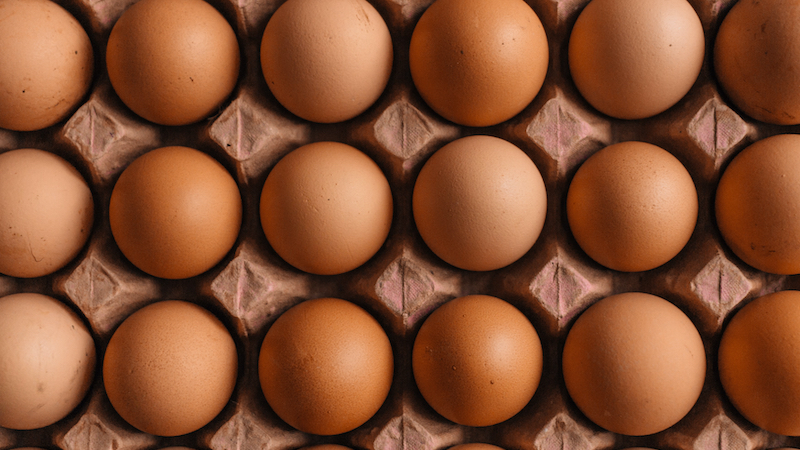Environmental saver chicken egg? Researchers eliminate 99 percent of microplastics
Researchers have developed a new approach that can be used to eliminate up to 99 percent of microplastics in water – based on chicken eggs. The method should also be cost-effective and scalable.
In recent years, humanity has been increasingly confronted with problems. Because in addition to climate change, protecting our environment is complicated. Because in addition to the stress caused by the sealing of surfaces, one substance is a challenge: microplastics.
The small particles are now everywhere, even in human blood. However, the exact consequences are still largely unclear. In order to declare war on the small particles, researchers at Princeton University have now developed a rather creative approach.
The flash of inspiration for this came during a short meal break. Craig Arnold, one of the researchers, was eating a sandwich and realized that the porous structure of the bread could be a solution for a universal microplastic filter.
Less microplastic thanks to chicken eggs
In addition Arnold’s team experimented and manufactures an airgel based on protein. Background: Aerogels are relatively light and are characterized by their porous structure. The possible uses are diverse. Filtering water is just as possible as using it as energy storage or insulation.
A side effect: microplastics get caught in the structure – and that almost 99 percent. The researchers dried the protein and then heated it to over 900 degrees Celsius in an oxygen-free environment. This resulted in a structure made of carbon fibers and graphene. This is permeable to water, but catches small particles.
The approach is inexpensive and easy to scale
The approach brings many benefits. Besides the extremely high efficiency, there is the very low price to make the gel. The researchers say that production can probably be easily scaled up.
In order to keep the impact on the food chain as low as possible, the team proposes an alternative to chicken protein. Proteins that are already available in the industry can be used as an alternative, these would not normally end up on our plates. The research team definitely wants to continue researching the technology and will soon offer a solution to most of the challenges.
Also interesting:



